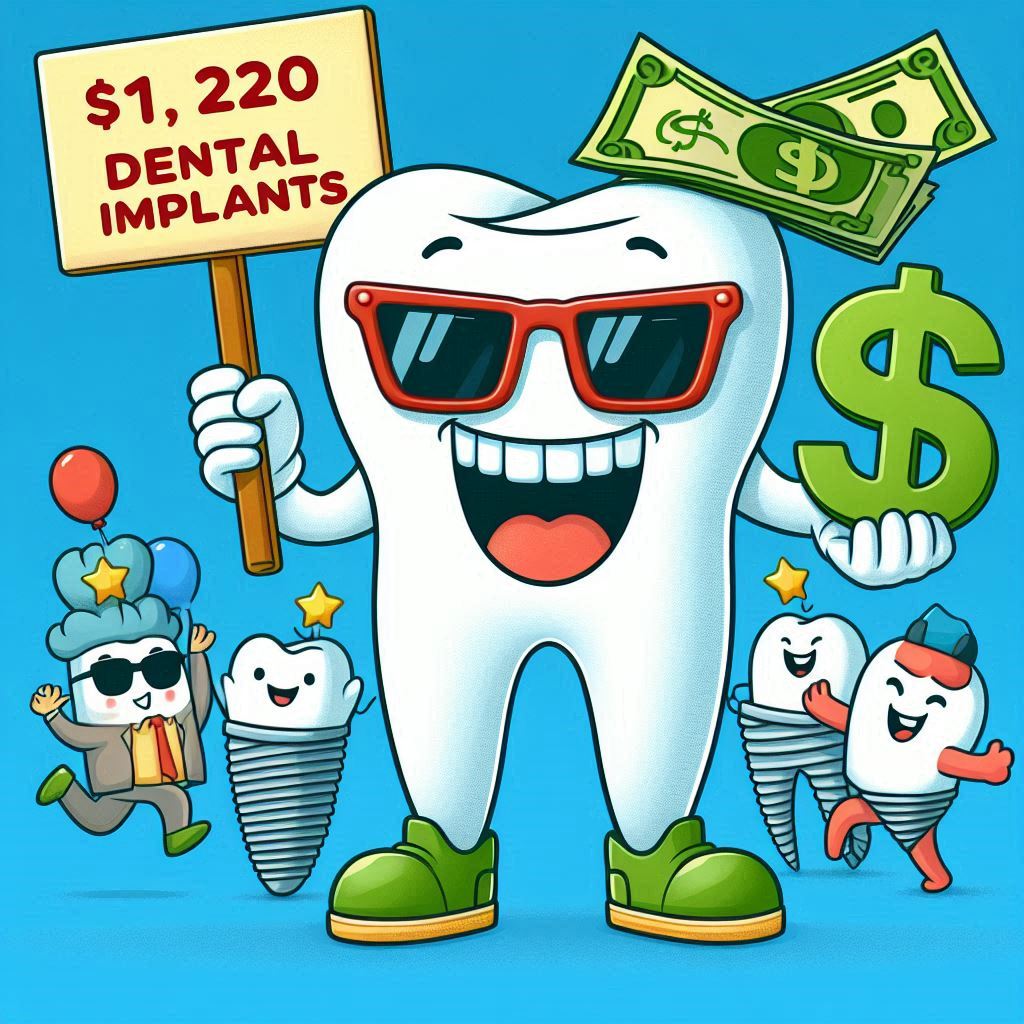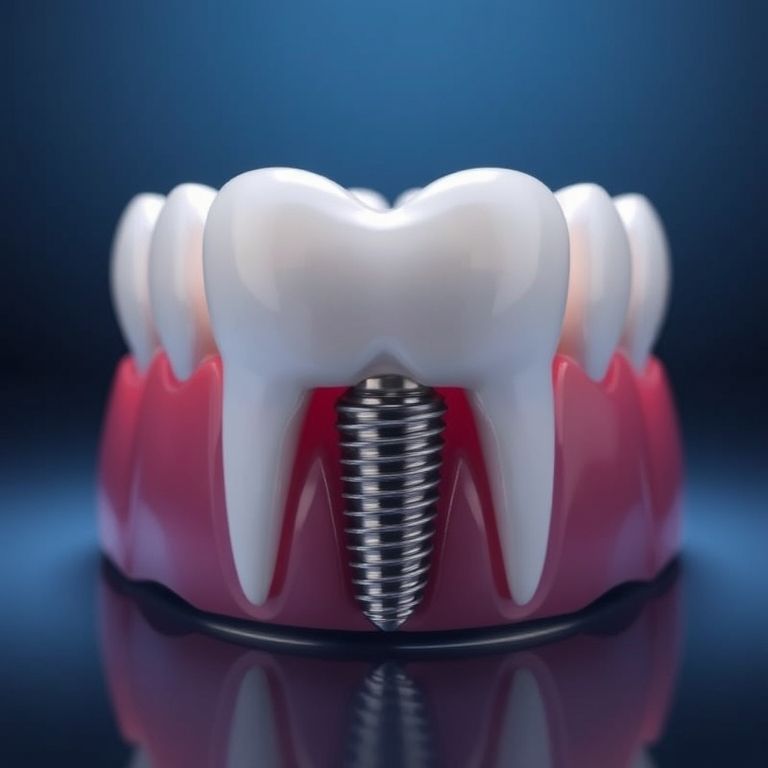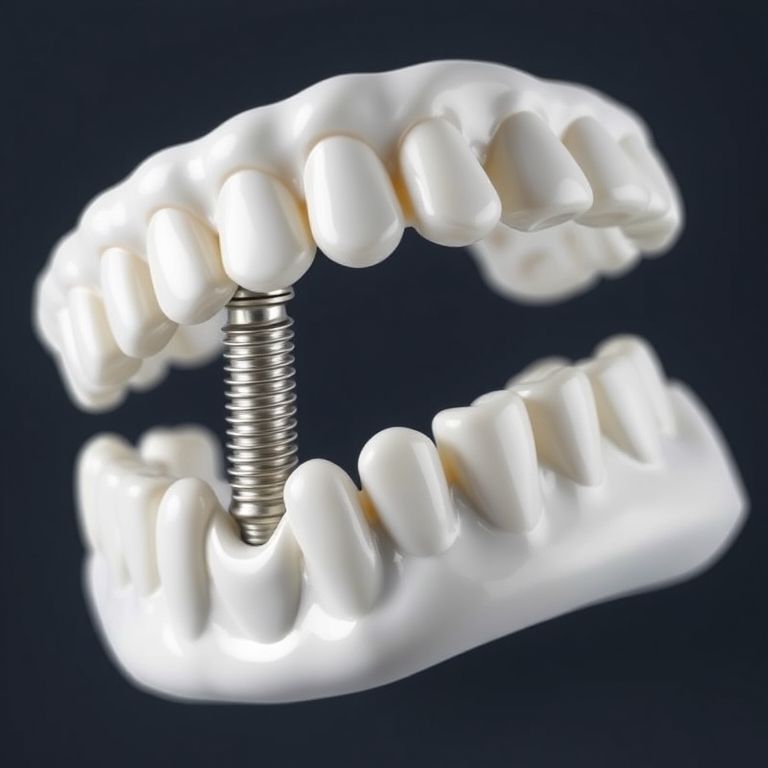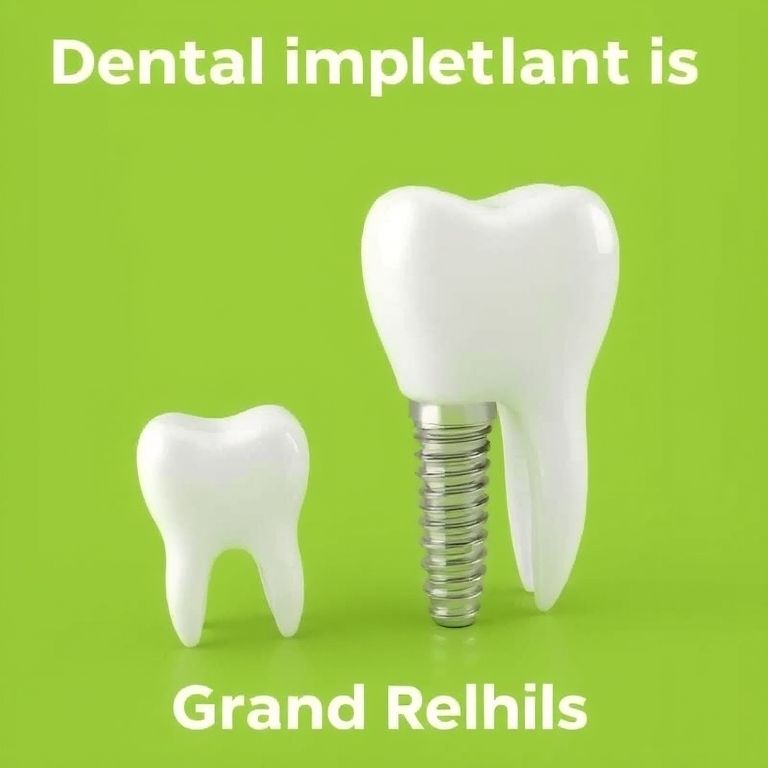$1200 Dental Implants
Dental implants have revolutionized the field of dentistry, offering a permanent solution for missing teeth that looks, feels, and functions like natural teeth. However, the cost of dental implants has often been a barrier for many people, with prices ranging from 3,000to3,000to6,000 per tooth. Enter the $1,200 dental implant—a more affordable option that has sparked interest and debate among patients and professionals alike.
But what exactly are $1,200 dental implants? Are they as effective as their more expensive counterparts? What compromises, if any, are involved? This comprehensive guide will answer all your questions, providing you with the knowledge you need to make an informed decision about your dental health.

2. What Are Dental Implants?
Dental implants are artificial tooth roots made of biocompatible materials like titanium. They are surgically placed into the jawbone to support a replacement tooth or bridge. Unlike dentures, which sit on the gums, implants are fixed in place, offering superior stability and functionality.
A typical dental implant consists of three parts:
- The Implant: A screw-like post that acts as the root.
- The Abutment: A connector that holds the replacement tooth.
- The Crown: The visible part of the implant that mimics a natural tooth.
3. Why Are Dental Implants So Popular?
Dental implants have gained immense popularity due to their numerous advantages:
- Natural Appearance: Implants look and feel like real teeth.
- Durability: With proper care, implants can last a lifetime.
- Improved Oral Health: Unlike bridges, implants don’t require altering adjacent teeth.
- Bone Preservation: Implants prevent bone loss by stimulating the jawbone.
- Enhanced Confidence: They restore your smile and self-esteem.
4. The Cost of Dental Implants: Breaking Down the $1,200 Option
The average cost of a single dental implant in the U.S. ranges from 3,000to3,000to6,000. However, some clinics and dental schools offer implants for as low as $1,200. But how is this possible?
Factors Contributing to Lower Costs:
- Geographic Location: Clinics in rural areas or countries with lower living costs may charge less.
- Dental Schools: Students perform the procedure under supervision, reducing costs.
- Promotional Offers: Some clinics offer discounts to attract new patients.
- Simpler Cases: Less complex procedures cost less.
5. Factors Influencing the Cost of Dental Implants
The cost of dental implants varies based on several factors:
| Factor | Description |
|---|---|
| Material Quality | High-quality titanium and ceramic crowns cost more. |
| Dentist’s Expertise | Experienced specialists charge higher fees. |
| Geographic Location | Urban areas and developed countries have higher prices. |
| Additional Procedures | Bone grafts, sinus lifts, or extractions increase the overall cost. |
| Clinic Reputation | Renowned clinics with advanced technology may charge a premium. |
6. Types of Dental Implants
There are several types of dental implants, each suited to different needs:
- Endosteal Implants: The most common type, placed directly into the jawbone.
- Subperiosteal Implants: Placed under the gum but above the jawbone, ideal for patients with insufficient bone density.
- All-on-4 Implants: A full-arch restoration using only four implants.
- Mini Implants: Smaller implants used for stabilizing dentures.
7. The Dental Implant Procedure: Step-by-Step
The dental implant process typically involves several stages:
- Initial Consultation: Assessment of oral health and treatment planning.
- Tooth Extraction: Removal of damaged teeth if necessary.
- Bone Grafting: If the jawbone is too thin or soft.
- Implant Placement: Surgical insertion of the implant into the jawbone.
- Osseointegration: Healing period (3-6 months) for the implant to fuse with the bone.
- Abutment Placement: Attachment of the connector.
- Crown Placement: Fixing the artificial tooth.
8. Benefits of Dental Implants
- Improved Chewing and Speech: Unlike dentures, implants don’t slip or cause mumbling.
- Long-Term Solution: Implants can last decades with proper care.
- Aesthetic Appeal: They blend seamlessly with natural teeth.
- Oral Health Benefits: Implants don’t require reducing adjacent teeth, preserving overall dental health.
9. Risks and Complications of Dental Implants
While dental implants have a high success rate (over 95%), potential risks include:
- Infection: At the implant site.
- Nerve Damage: Leading to pain or numbness.
- Implant Failure: Due to poor osseointegration.
- Sinus Issues: For implants in the upper jaw.
10. How to Find Affordable Dental Implants
- Dental Schools: Students perform procedures at a fraction of the cost.
- Insurance: Some plans cover part of the cost.
- Payment Plans: Many clinics offer financing options.
- Medical Tourism: Traveling abroad for cheaper implants.
11. Are $1,200 Dental Implants Worth It?
While $1,200 dental implants are an attractive option, it’s essential to consider the trade-offs:
- Quality: Lower-cost implants may use less durable materials.
- Experience: Less experienced practitioners may perform the procedure.
- Follow-Up Care: Post-operative care may be limited.
12. Alternatives to Dental Implants
If implants aren’t suitable, consider:
- Dentures: Removable replacements for missing teeth.
- Bridges: Fixed prosthetics anchored to adjacent teeth.
- Partial Dentures: For replacing a few missing teeth.
13. Frequently Asked Questions (FAQs)
Q1: Are $1,200 dental implants safe?
A: Yes, but ensure the clinic is reputable and the materials are high-quality.
Q2: How long do dental implants last?
A: With proper care, implants can last 20-30 years or more.
Q3: Does insurance cover dental implants?
A: Some plans cover part of the cost, but coverage varies.
Q4: Can I get implants if I have bone loss?
A: Yes, but you may need a bone graft first.
14. Conclusion
Dental implants are a life-changing solution for missing teeth, offering durability, functionality, and aesthetic appeal. While $1,200 dental implants provide an affordable option, it’s crucial to weigh the pros and cons carefully. By understanding the procedure, costs, and alternatives, you can make an informed decision that best suits your needs and budget.
15. Additional Resources
- American Academy of Implant Dentistry
- National Institute of Dental and Craniofacial Research
- Dental Implant Cost Guide


